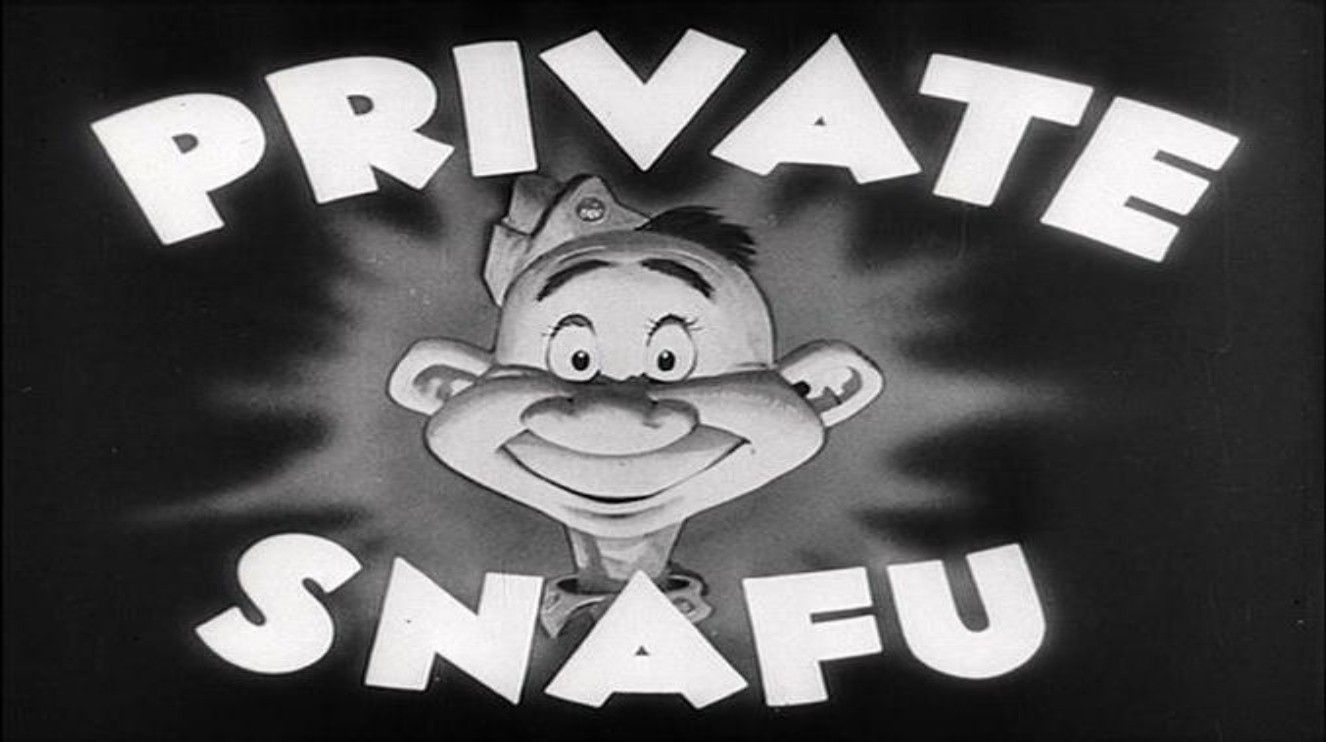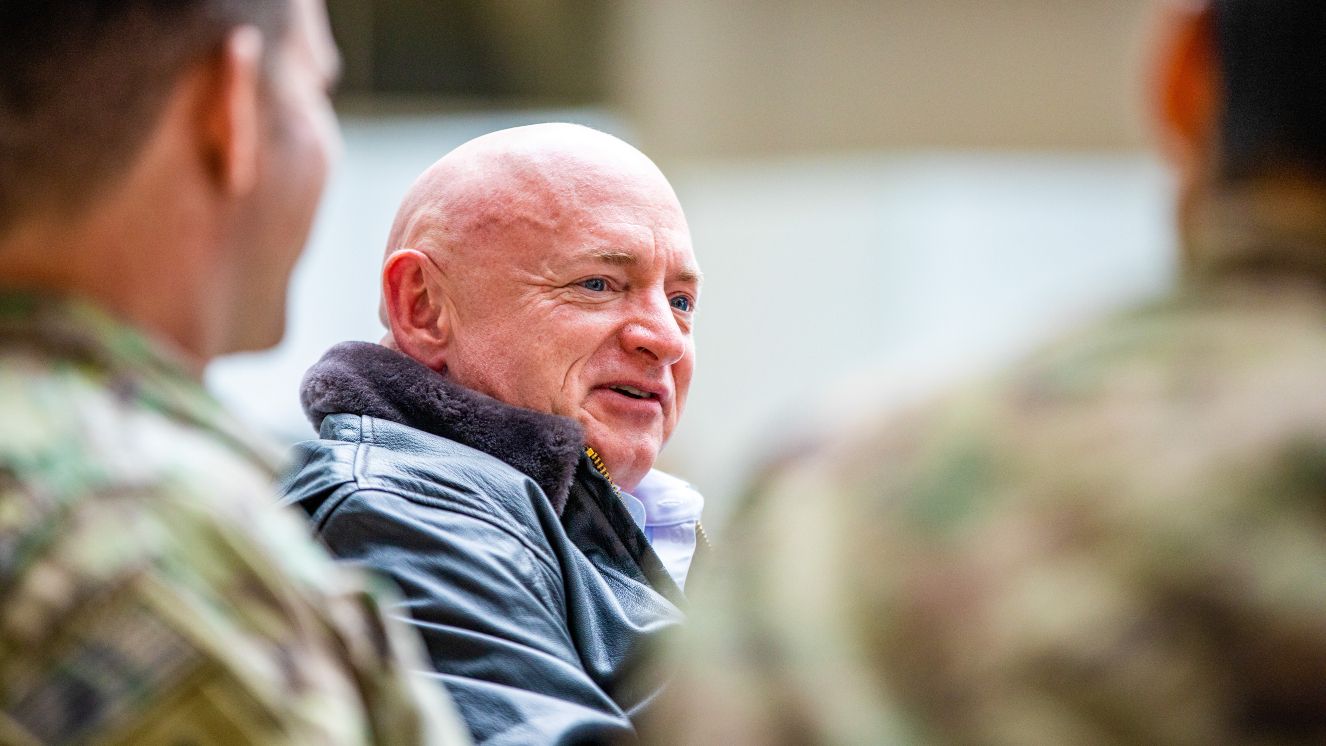SUPPLIES, AND TOO MUCH ZEAL WERE AT THE HEART OF THE BATTLE OF OLUSTEE

The American Civil War featured over 50 major battles during its duration, yet Florida wasn’t really a big part of them. That is with one notable exception known as the Battle of Olustee, which happens to be the second-bloodiest battle in the entire war. The Sunshine State wasn’t sending as many men to fight in the war nor was it really worrying about its coastline, because it had yet to invent tourism. No, the main goal was to protect its economy, production, and distribution inland that focused on growing food. Crops were important to keep the Confederacy fed, but when Union General Truman Seymour realized he was on a hot streak, he kept fighting and fighting until the Battle of Olustee in Florida became inevitable. Related read: Combat Confections: Chocolate Bars, M&M’s, and More
Who Won the Battle of Olustee?
The Confederate States of America defeated the Union at the Battle of Olustee because the Union overextended itself. During a campaign to take Jacksonville and disrupt food distribution for the South, the Union kept pressing further. This allowed the Confederacy to realize the need for reinforcements. General Alfred H. Colquitt and his fighters from Charleston, South Carolina, headed down to Florida to aid in the fight. Rather than facing a smaller militia, Gen. Seymour and his men found themselves almost evenly matched with both sides having around 5,000 troops each. The odds quickly began to shift as the conflict grew. The Battle of Olustee casualties were felt heavily on both sides. However, the Union suffered nearly double. That's a total of over 1,800 casualties. Over 1,100 of these casualties were because of wounds. Furthermore, during the Union’s retreat, most were sent on a train to receive care. Frankly, the story gets a bit crazier from there, and we’ll get to it. But first, a look at the cause of the Civil War Battle of Olustee. A lot of moving parts go into any major endeavor, and war is no exception. This means someone has to be on top of feeding the troops. Florida was the one to take the role head-on.
Troops Need Necessities to Fight
On a primal level, it doesn’t matter what activities we as humans are participating in, there are simply some needs that are universal. For example, shelter and food. This is why supplying salt, beef, pork, and cotton to the Civil War battlefield was an important role for Florida. The Battle of Olustee may have happened because the Union got a little carried away; however, the initial reasoning for going to the Sunshine State was still strategic. Cutting off supplies to your enemy is a great way to leave them underprepared. By the time the 5th Massachusetts in the Battle of Olustee left its mark, the damage was already felt. Coastal areas hadn’t maintained the same level of strategic importance but now Florida was suffering in its central farmlands in ways it hadn't before. You won’t find much outside of the Battle of Ocean Pond when it comes to direct Civil War conflicts, but there was still plenty of action. This would go on to include courageous events taking place even once the Union was forced to retreat. Suggested read: United States Colored Troops From Both Sides Helped the Union Win
The Aftermath of the Battle of Olustee Was Also Eventful
Remember, Florida wasn't exactly the highest priority when it came to military exploits. Yes, taking out the food supply was a goal the Union would achieve. But there were bigger fish to fry. The loss during the Battle of Olustee would make leadership in the North question why things went the way they did in the first place. However, these sentiments weren't as bad as they could have been. A large part of this was because of the 54th Massachusetts Infantry Regiment. As mentioned above, trains were carrying those with wounds. The rest of the Union Soldiers were retreating to Jacksonville and continued their journey back Northward. But there was a major problem with the train carrying wounded Union Soldiers. It stopped working. To make matters worse, the Confederates, who had already been rebuffed coming after the retreating Union troops by the 54th Massachusetts Infantry Regiment and 35th U.S. Colored Troops, were hot on the trail. They knew where to find the wounded men. Now, they were ready to capture them. This led to the 54th Massachusetts Infantry Regiment returning to Ten-Mile Station to aid a disabled train carrying wounded Soldiers. The regiment had to pull the train themselves, manually, three miles before reaching Camp Finegan. Here, they would receive some relief by gaining horses, but the journey was far from over. In less than two days, they were dragging the train to Jacksonville through a 10-mile journey.
Leaving a Lasting Legacy
While the South took the battle as a victory that boosted morale, it wouldn't help them in the grand scheme of things. Today, you can find a Battle of Olustee reenactment featuring thousands of participants on the battlefield itself. At the Olustee Battlefield Historic State Park, visitors can travel back in time inside the Osceola National Forest every year during Presidents' Day weekend. This park is preserving the legacy of the Battle of Olustee for generations to come. Read next: 54th Massachusetts Infantry Regiment and Its Daring Civil War Rescue
BY BUDDY BLOUIN
Buddy Blouin is a Contributing Writer at VeteranLife.com
Buddy Blouin is a Contributing Writer at VeteranLife.com



